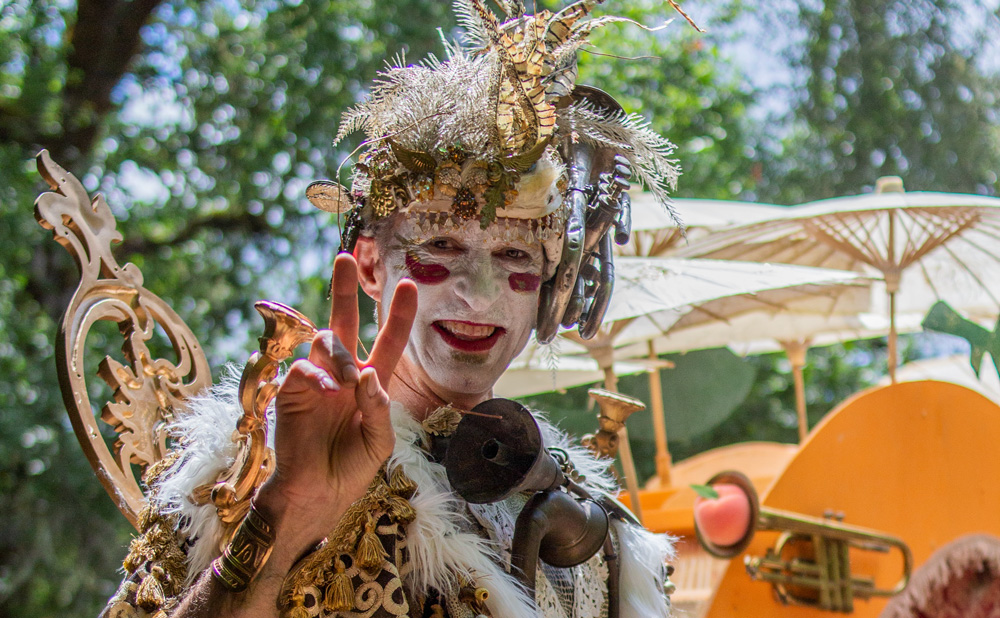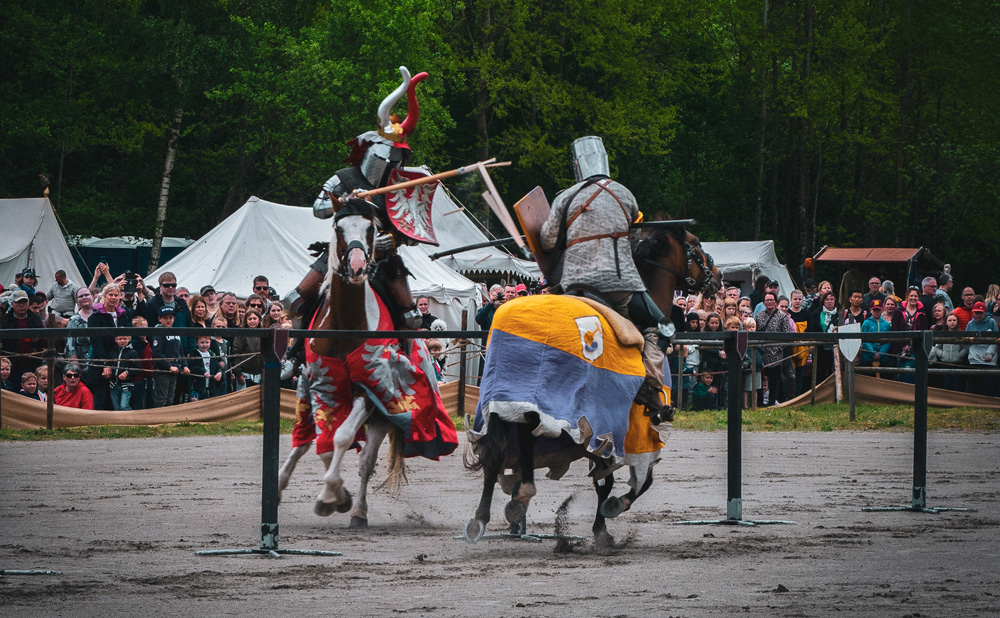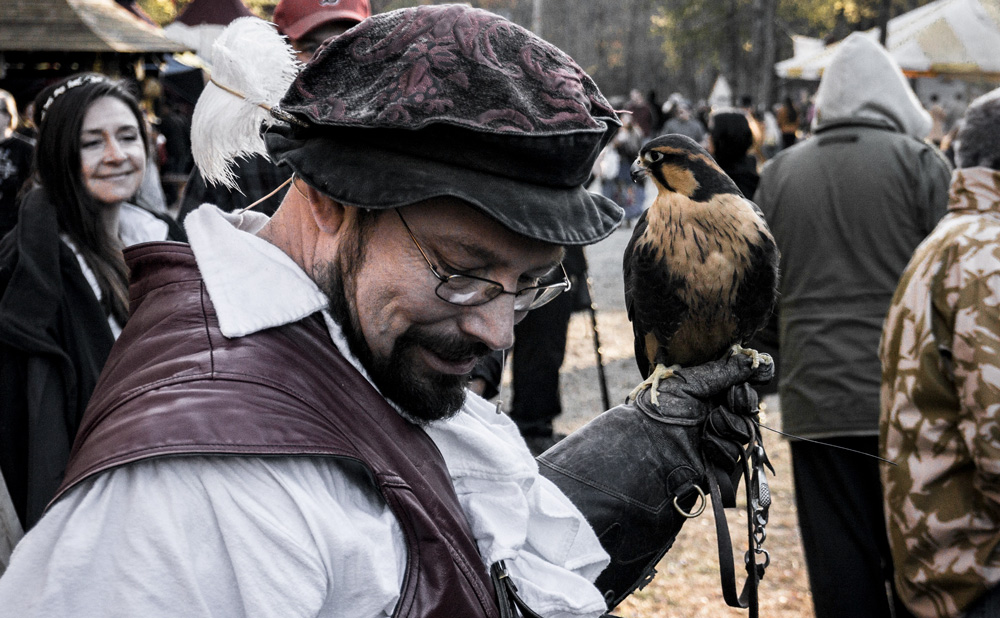Your Guide to Crafting a Renaissance Faire to Remember
The allure of the Renaissance period – its rich history, elaborate costumes, chivalrous knights, and grand feasts – is universally appealing.
Organizing a Renaissance fair is an ambitious endeavor, transporting attendees back in time to experience the magic and mystique of the era. For event organizers, the task is extensive but rewarding. Below, we'll delve into the key elements to consider while planning your own Renaissance fair.
The Essence: Authenticity and Ambiance
Stepping back into the enchanting world of the Renaissance is no small feat. It's a journey that requires a blend of meticulous research and an eye for detail to recreate the era's magic. To successfully craft a Renaissance Fair that transports attendees to a bygone epoch, consider the following essential components:
Research First: Immerse yourself in Renaissance history, grasping the intricacies of its art, politics, culture, and defining moments.
Theme Selection: Zero in on a particular scene — be it the court of Queen Elizabeth I or a lively medieval marketplace. Alternatively, create a tapestry of multiple themes for a richer experience.
Ambiance Matters: Set the stage with medieval banners, flags, and tapestries. Enhance the setting with rented props, such as wooden carts, old-world tents, and rustic benches, to truly embody the era.
Engaging the Audience
Drawing attendees into the heart of the Renaissance era requires more than just visual allure; it demands immersive experiences that interact with all the senses. Here's how to captivate your audience and keep them engrossed in the moment:
Interactive Booths: Allow attendees to get hands-on with the past by setting up booths for activities like candle making, pottery, and blacksmithing demonstrations, among other artisanal crafts.
Performances: Enthrall your audience with scheduled jousting tournaments, soulful minstrel performances, or short plays that capture the drama and grandeur of the Renaissance period.
Costume Contests: Evoke the spirit of the era by encouraging guests to don their Renaissance finery. Spice things up with a costume contest, rewarding the most authentic and creative attires with prizes.
Logistics and Set-Up
Behind every successful Renaissance Fair lies meticulous planning, ensuring everything runs seamlessly on the day. The setting, layout, and facilities play a pivotal role in shaping the attendee experience. Here's what to consider when diving into the nitty-gritty of event organization:
Venue: Opt for a sprawling open space, such as a park or field. The more untouched and closer to nature it is, the more authentic your fair will feel.
Layout: Craft a well-thought-out fair layout. Factor in foot traffic patterns, strategic booth placements, and designated areas for performances to ensure smooth navigation for attendees.
Facilities: Prioritize attendee comfort. This includes ensuring ample restroom facilities, setting up first-aid booths for emergencies, and positioning clear signage to guide guests throughout the event.

Curating Food and Merchandise
The allure of any event often lies in its culinary offerings and keepsakes, and a Renaissance Fair is no different. To whisk attendees away on a gastronomic and retail journey reflective of the era, one needs to curate with care and authenticity. Here's how to bring the past deliciously and tangibly to life:
Medieval Delicacies: Let your attendees feast like kings and queens with offerings such as succulent turkey legs, sweet mead, and rich stews. And don't forget, the devil's in the details – serving food in wooden bowls or mugs can elevate the experience immensely.
Merchandise Booths: Create a medieval marketplace feel by inviting vendors to showcase and sell an array of Renaissance-themed wares. From exquisite leather goods and intricate jewelry to artisanal handmade soaps, ensure the merchandise captures the spirit and craft of the era.
Volunteer and Staff Management
The heartbeat of any successful Renaissance Fair is its dedicated crew working behind the scenes. Whether they're ushering in attendees or performing center stage, their enthusiasm and commitment can make or break the experience. Here's how to ensure your fair's personnel capture the essence and energy of the Renaissance:
Recruit Passionately: Bring on board those who share a fervor for the Renaissance era. Their genuine enthusiasm will be infectious, enhancing the overall ambiance and attendee experience.
Roles & Responsibilities: Lay out a clear organizational chart. Whether they're manning the gates, dazzling the crowds with performances, or ensuring safety protocols, it's vital that each member knows their role inside and out.
Costumes: Transport attendees through time with the help of authentically dressed personnel. Ensure every staff member and volunteer dons attire befitting the period, further immersing guests in the bygone era.
Marketing and Promotion
Ensuring that your Renaissance Fair is well-attended and buzz-worthy involves more than just planning the event; it's about building anticipation and excitement. A well-strategized marketing and promotional plan can help garner interest and ensure a strong turnout.
Here's how to effectively spread the word and captivate potential attendees:
Teasers: Harness the power of social media by unveiling teasers. Offer glimpses into behind-the-scenes preparations, or spotlight performers to whet the appetite of your audience.
Collaborations: Forge partnerships with local educational institutions and businesses. By offering promotional deals or exclusive packages, you can tap into their audiences and broaden your reach.
Engaging Content: In the run-up to the fair, continually engage your audience. Share intriguing trivia, enlightening historical snippets, and fun DIY costume ideas, ensuring your event remains top-of-mind and builds anticipation.

Financial Considerations
A well-executed Renaissance Fair is as much about immersion into the past as it is about prudent financial planning in the present. Ensuring your event is both memorable and economically sustainable involves a delicate balance between revenue streams and costs. Here's how to navigate the financial landscape of orchestrating a successful fair:
Ticketing: Strategize your ticket pricing. Consider factors like event scale, expected turnout, and competition. To incentivize early purchases, offer early-bird discounts. For larger groups or families, special packages can provide added value.
Sponsorships: Cultivate relationships with potential sponsors. Seek out brands or businesses that resonate with the theme and ethos of your event. Their support can offset costs while also providing added layers of promotion and engagement for attendees.
Safety Protocols
While immersing attendees in the enchantment of the Renaissance era, it's paramount to ensure their safety and well-being throughout the event. Modern considerations blend with the historical setting, creating a secure environment that doesn't compromise on authenticity.
Here's a guide to prioritizing and implementing essential safety measures for your fair:
Emergency Exits: Clearly designated and well-communicated emergency exit routes are fundamental. Ensuring attendees can quickly and safely exit in unexpected situations is crucial for overall event safety.
Security: Employ trained security personnel to maintain a watchful eye over the festivities. Their presence ensures a family-friendly environment and acts as a deterrent to potential disturbances, making sure everyone can enjoy the event in peace.
Health Measures: Given the ever-evolving landscape of public health, it's prudent to be prepared. Depending on current guidelines and circumstances, equip your venue with necessary measures like sanitizing stations, and ensure adherence to any other health-related protocols. This not only keeps attendees safe but also instills a sense of confidence in your event's management.
Feedback and Improvement
An event's success isn't solely determined by the immediate experience; it's about continuous growth and refinement. Gathering feedback is an invaluable tool in understanding your audience's perspective and ensuring that future iterations of the fair resonate even more deeply. Here's how to effectively harness attendee insights for bettering your Renaissance Fair:
Feedback Booths: Encourage attendees to share their thoughts and experiences in real time by setting up accessible feedback booths within the fairgrounds. Direct interaction provides instant insights that can even be addressed during the ongoing event.
Post-Event Surveys: Once the fair has concluded, leverage the power of digital platforms by circulating online surveys. This allows attendees to reflect on their experience and provide detailed feedback, helping them discern areas of success and opportunities for improvement.
Capturing the Moments
Revisiting the Renaissance is a magical journey, and preserving these memories is just as essential as creating them. Capturing the essence of the fair not only allows attendees to relive the experience but also provides a treasure trove of content for future promotions.
Here's how to ensure that the best moments of your Renaissance Fair are immortalized:
Official Photographers: Enlist the expertise of professional photographers to encapsulate the fair's essence. Their images don't just serve as cherished mementos; they become a cornerstone for marketing and promotional materials for subsequent events.
Photo Booths: Amplify the fun and engagement by setting up themed photo booths within the venue. Attendees can don props and strike poses, creating personalized snapshots of their Renaissance adventure, and making the experience even more memorable.
In Conclusion
Planning a Renaissance fair is a blend of meticulous organization, a deep understanding of the era, and an intrinsic passion for bringing history to life. Every detail, from the music echoing across the grounds to the scent of old-world dishes, adds to the enchantment.
With careful planning, dedication, and a touch of medieval magic, your Renaissance fair can offer a captivating escape into a bygone era, leaving attendees eagerly awaiting the next one.






